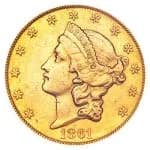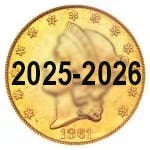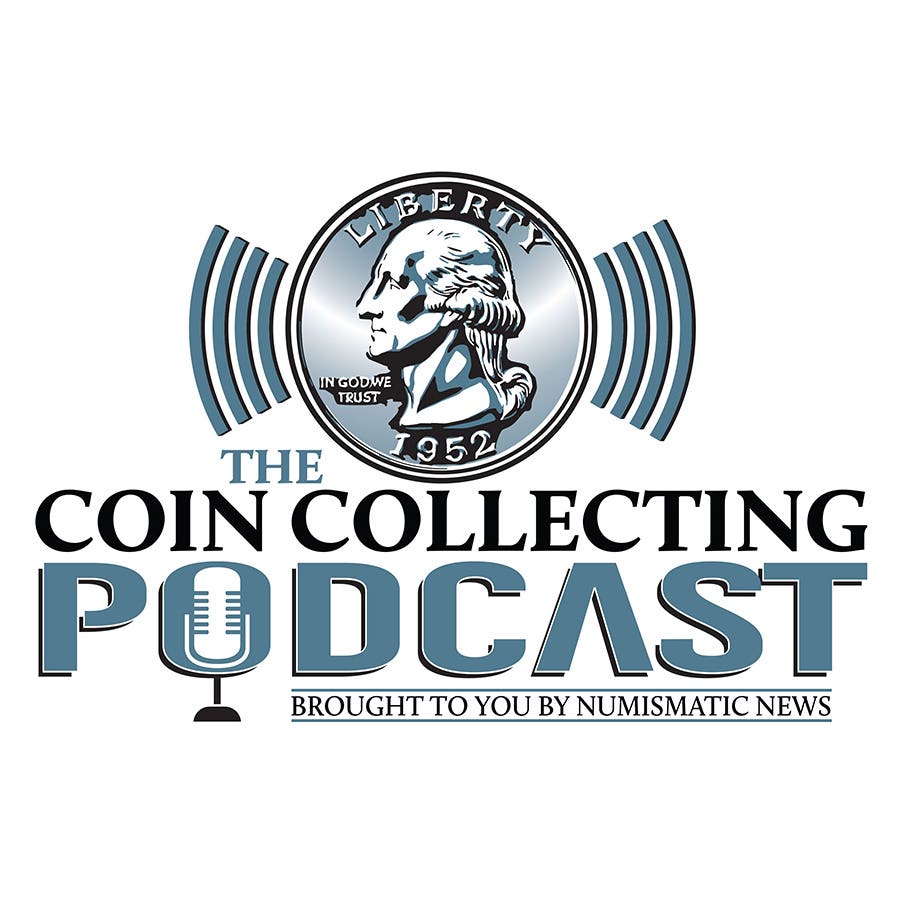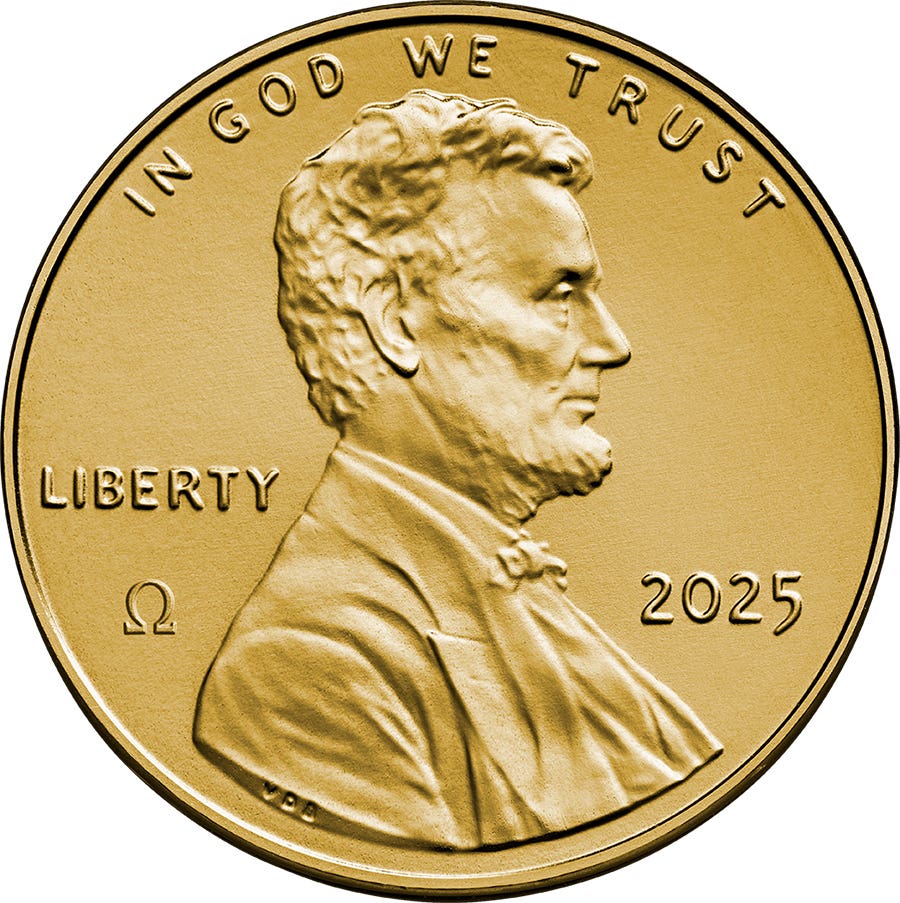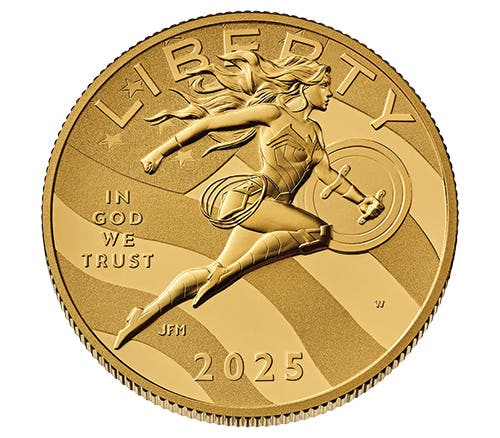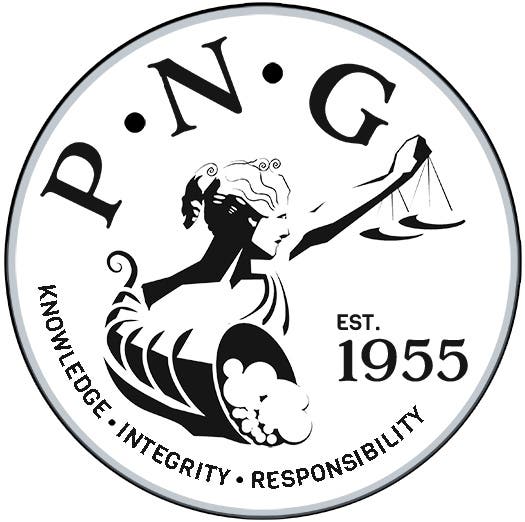Making the Grade: New Variety of Trade Dollar
Discovery adds depth to Trade Dollar variety classifications.
Very few of us have the time or the opportunity to examine large numbers of various dated coins in a single coin series to look for subtle changes in their design. You’ll get an indication of all the changes waiting to be discovered if you go to the Variety Vista website and look at the Washington quarter reverses. I had occasion to look there while confirming an attribution for a quarter reverse I never knew existed beyond the A, B, and C Types. Variety Vista does not include Trade dollars, so here is my contribution to that series.
Recently, the long-awaited reference on Trade dollars that I mentioned in a column long ago has been published as US Trade Dollar: Rarity, Collection Types, and Top 37 Varieties by Joe Kirchgessner. Based on its quality and content, the book is an exceptional piece of work that should garner a host of literary awards. At the least, it will be a classic, go-to reference to these coins for a very long time. After an in-depth introduction to the series, the rest of the book is mainly devoted to illustrating popular die combinations, followed by authentication tips and error coins. I highly recommend you purchase a copy of this book (which I feel is underpriced) even if you don’t collect this series, as I guarantee you’ll regret not doing so if it becomes out of print.
In a 2016 column here, I mentioned that dealers, auction houses, and third-party grading services were still using old and outdated terminology (if at all) to describe the various design changes (Types) on these coins. Thankfully, that has begun to change, yet it is still not as specific as that used by advanced collectors of Sheldon-numbered large cents or Overton-numbered Capped Bust coins. Perhaps this will be corrected soon after Joe’s book gets into more hands.
While I’m at it, there is another book on Trade dollars that came out about two years ago: The United States Trade Dollar Challenge 50 Set of interesting Trade dollar varieties by John Coxe. The 1877-S “Split-Tail” reverse variety I discovered is listed there. So far, Trade dollar specialists claim it is just a case of someone at the San Francisco Mint improving a die rather than another distinct hub. Time will tell which is correct.
This year, I was preparing an article for the October publication deadline of the Liberty Seated Collector Club’s Journal, showing my discovery of another major hub change to the middle date coins that no one will be able to dispute. Unfortunately, this new information was not made public before the new reference was published. Rather than wait for publication several months from now, I’m going to leave you with a teaser while interest in this series is hot due to Joe’s book. First, recall that hubs make dies and dies make coins. Unappreciated by me in my initial research decades ago, which is included in Joe’s book, the middle dates in the series held another surprise. My previously assigned 2M nomenclature for these coins must now be divided into 2M and 2M’ (prime) reverse types due to a significant change to their design. They can best be distinguished by the shape and number of segments on the eagle’s legs rather than by other minute changes in their designs. The five-segment hub (Fig. 1) remains the previous 2M Type with protruding back feathers, while I call the six-segment hub (Fig.2) also with protruding back feathers 2M’. I suspect a similar though less obvious change will eventually be found to occur on the Type 2M obverse hub. I believe the reverses of Trade dollars can now be divided in the manner below, which should revise the series and probably revise the present rarity ratings for the various die combinations. Happy hunting.
- Type I (five leg segments) smooth back feathers with a berry. 2.
- Type 2M (five leg segments) protruding back feathers, no berry. 3.
- Type 2M’ (six leg segments) protruding back feathers no berry – NEW. 4.
- Type 2L (five leg segments) smooth paired back feathers, no berry. 5.
- The “Split-Tail” hub (?) is a Type 2M’ (six leg segments), and as of now, the highest graded example I have seen is an NGC MS-62.
Images courtesy of Heritage Auctions.
You may also like:

